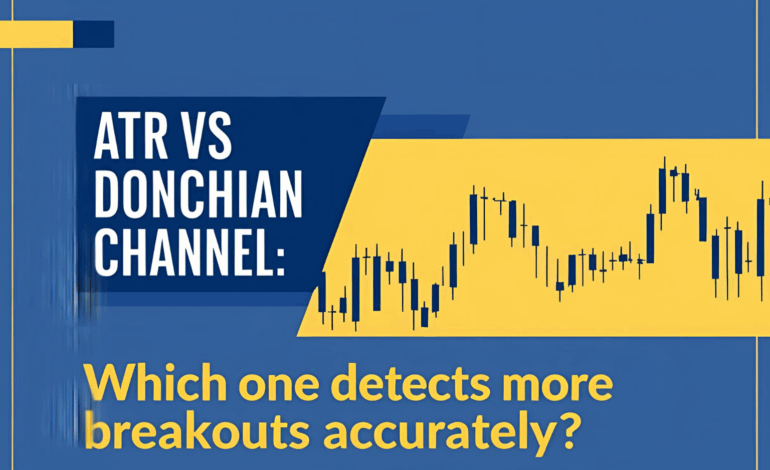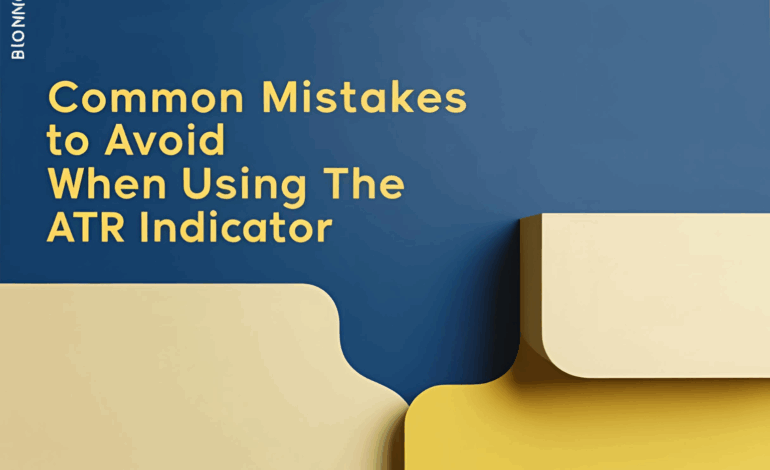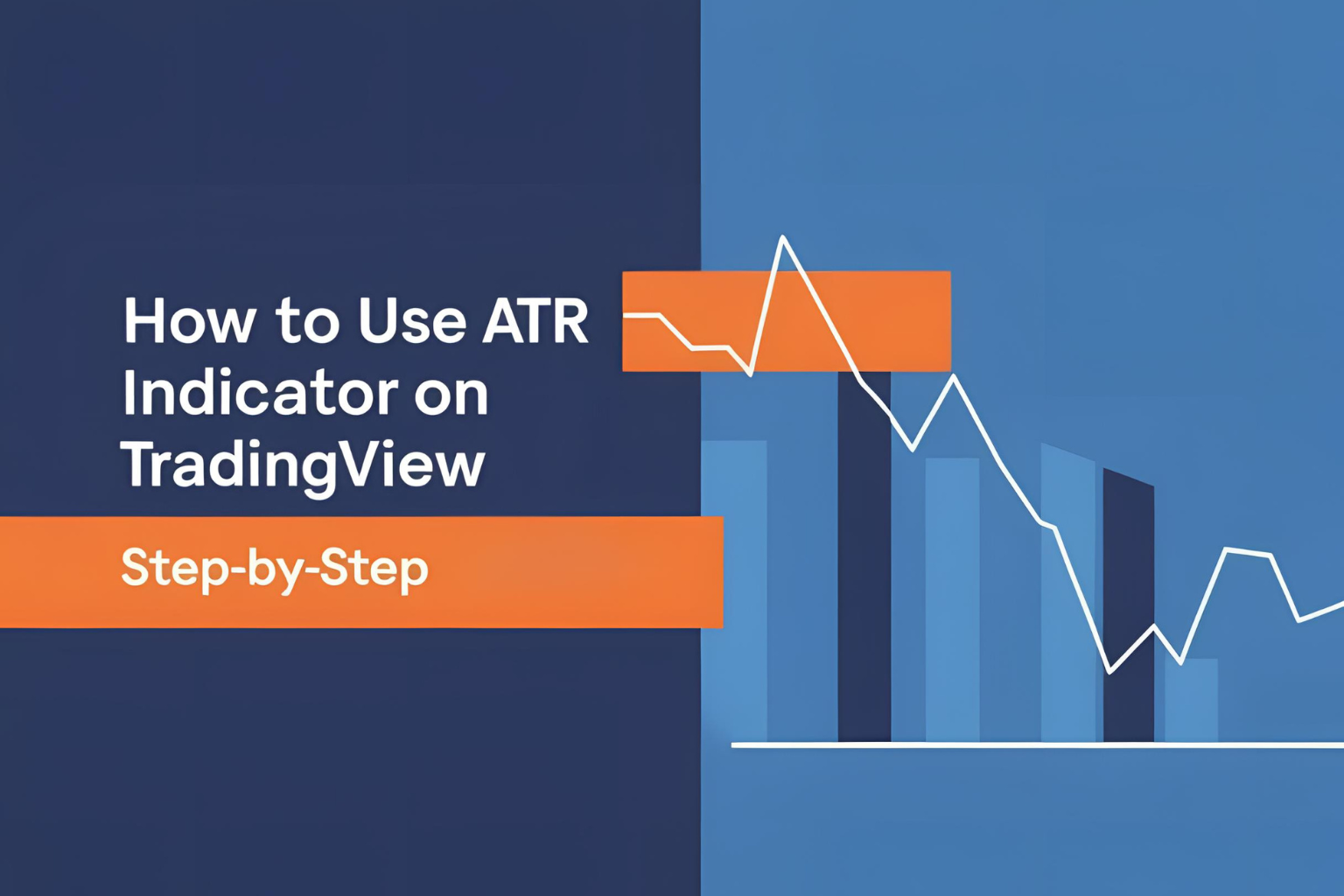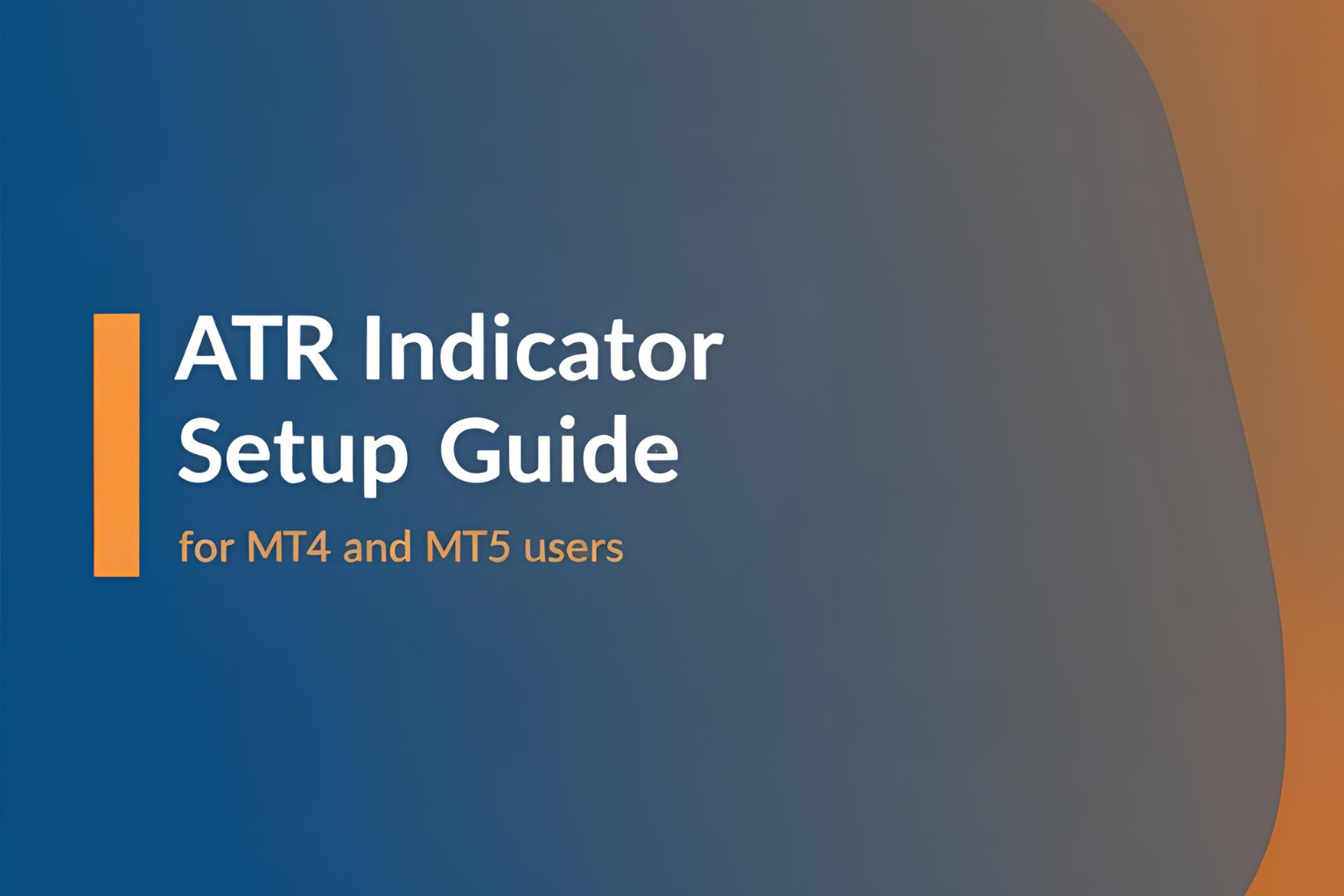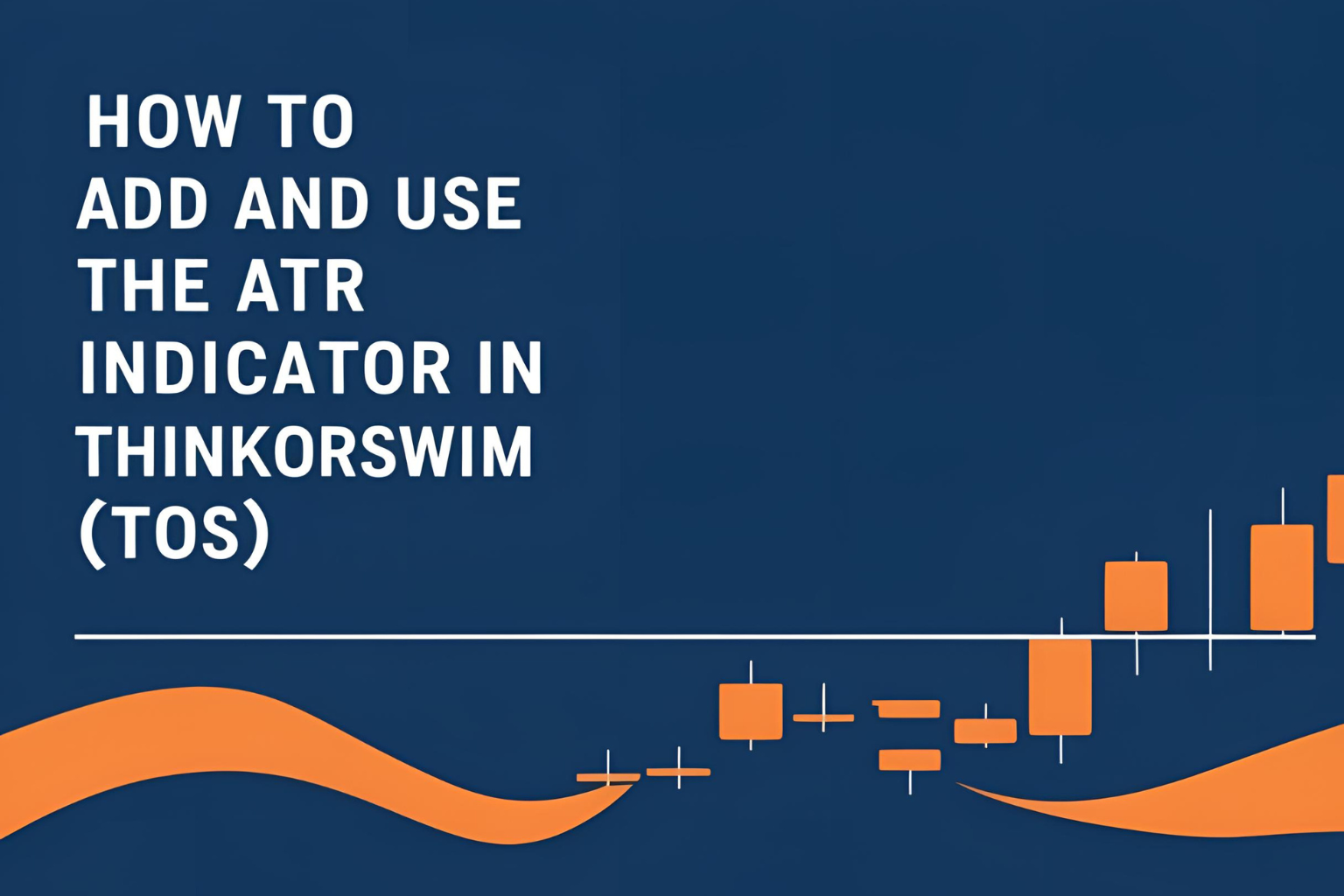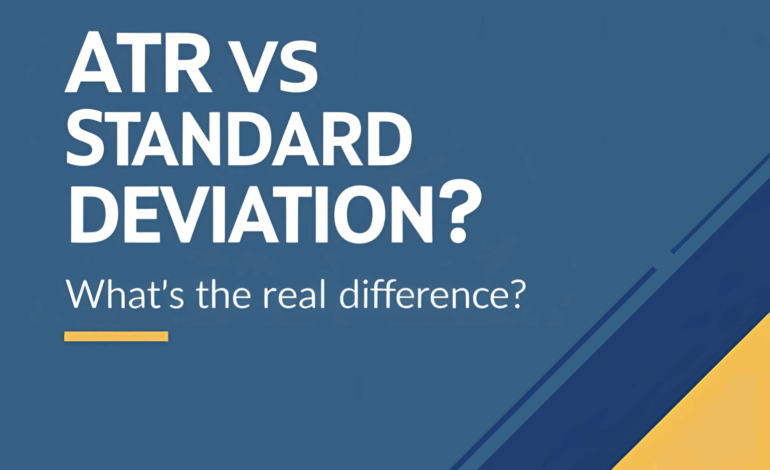
ATR vs Standard Deviation: What’s the Real Difference?
Both ATR (Average True Range) and Standard Deviation are popular tools for measuring volatility in trading. While they seem similar on the surface, they serve different roles and respond to market conditions in unique ways. In this article, we’ll compare ATR vs standard deviation, show their practical applications, and help you decide when to use each.
1. What Do They Measure?
🔹 ATR (Average True Range):
- Measures the average range between highs and lows over a set number of periods
- Includes gaps and wicks, making it sensitive to price spikes
- Gives a numeric value representing volatility, not direction
🔹 Standard Deviation:
- Measures the dispersion of price data from its average
- Reflects how much price deviates from the mean over a period
- Used to assess the distribution and spread of prices
2. How Are They Used in Trading?
✅ ATR:
- Setting stop-loss and take-profit levels
- Managing position size
- Filtering out low-volatility trades
- Confirming breakout strength
✅ Standard Deviation:
- Core component in Bollinger Bands
- Identifying volatility spikes or contractions
- Spotting mean-reverting opportunities
3. Chart Appearance
- ATR is plotted as a line below the price chart
- Standard Deviation is rarely used alone, often embedded in overlays like Bollinger Bands
4. Key Differences: ATR vs Standard Deviation
| Feature | ATR | Standard Deviation |
|---|---|---|
| Volatility Type | Range-based | Dispersion-based |
| Includes price gaps? | Yes | No |
| Directional? | No | No |
| Signal use | Risk management, filtering | Volatility pattern detection |
| Common tools | Stop-loss, ATR trailing stop | Bollinger Bands, risk models |
5. Which One Should You Use?
- Use ATR if you want:
- A precise volatility reading for stop-loss sizing
- To measure recent market movement range
- To adapt strategy to changing volatility
- Use Standard Deviation if you want:
- To detect price dispersion from the average
- To identify consolidation or expansion phases
- To build systems based on mean reversion or breakout probability
Use Case Example
Let’s say you’re trading EUR/USD:
- ATR(14) shows 0.0060 → Use this for stop-loss and target placement
- Standard deviation (via Bollinger Bands) shows narrowing bands → Expect a breakout
Combined Approach:
- Entry: Price breaks Bollinger Band
- Confirmation: ATR is rising
- Result: Stronger, more valid setup
Conclusion
In the ATR vs Standard Deviation comparison, both indicators help measure volatility—but in different ways.
- ATR is best for real-world application in trade management
- Standard Deviation shines in pattern recognition and probability modeling
For the best results, many traders use both—ATR for managing risk, and Standard Deviation for spotting setups.
✅ FAQs
1. Is ATR the same as standard deviation?
No. ATR is range-based, while standard deviation is based on price dispersion from the mean.
2. Which is better for stop-loss calculation?
ATR is more suited for dynamic stop-loss placement.
3. Does ATR show volatility spikes?
Yes, rising ATR indicates increased volatility.
4. Is standard deviation used in Bollinger Bands?
Yes, it’s the core formula behind Bollinger Bans.
5. Can I use both indicators together?
Absolutely. Many traders use standard deviation for setup and ATR for execution.

